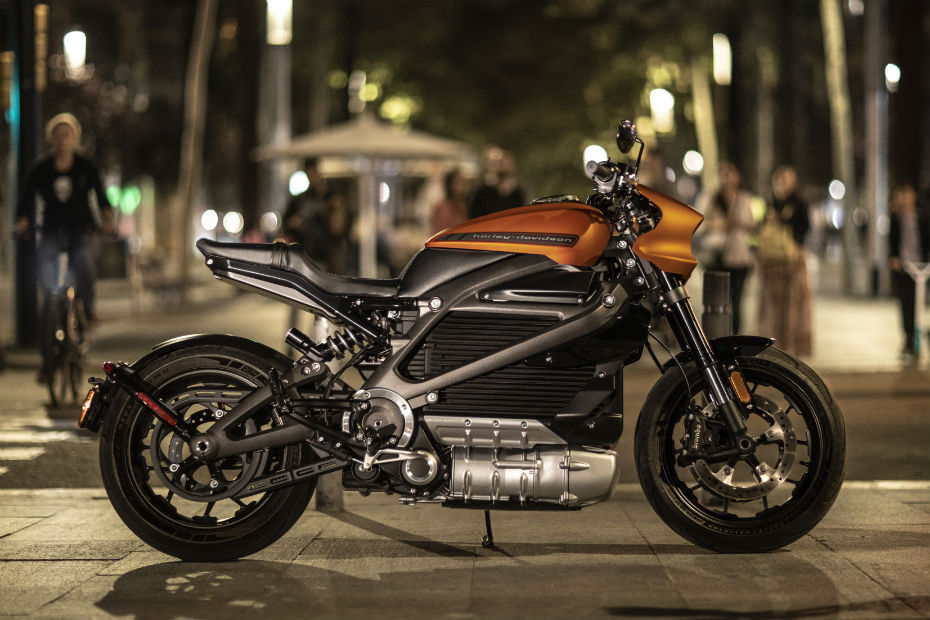Electric Two-wheelers: What Are They?
Modified On Aug 3, 2019 05:23 PM By Niraj Kakade
- 2209 Views
- Write a comment
In the not-so-distant future, the iconic rumble of an IC engine will be replaced by the silent whirring of an electric motor. Is this the end of an era or the beginning of a new one?

What is the first thing that comes to your mind when you think of two-wheelers? Some might say the vibrations, some may say the howl of an in-line four motor. We say both are pretty important to get the “feel” of experiencing a motorcycle. But what if things were to drastically change in the next decade or so, and the things you often associate with a motorcycle replaced with just silence. Yes, we’re talking about electric two-wheelers this week, and here’s everything you need to know about them.
Also Read - Ather 450 Electric Scooter: First Ride Review
Origins

Contrary to what you may think, EVs trace their origins all the way back to the 1800s. Yes, you read that right. While reports are somewhat unclear, a patent for an “electrical bicycle” was filed back in 19 September 1895. But it wasn’t until 96 years later that we saw a proper all-electric bicycle designed for the racetrack!

Credits - Wikipedia
Humber, a bicycle manufacturer, officially showcased its electric tandem bicycle at the Stanley Cycle Show in London. This crude creation was powered by a bank of storage batteries and the motor was placed in front of the rear wheel. Here, speed was controlled by a resistance placed across the handlebars.

Since then, EVs have been occasionally popping up in the pages of history. However, it wasn’t until 1996 when Peugeot unveiled the first mass-produced electric scooter, the Scoot'Elec. But it was in the late 2000s when the world saw the real potential of electric two-wheelers. On 26 August 2000, an all-electric motorcycle called “Killacycle” powered by lead-acid batteries reached a top speed of over 244kmph! While the Scoot'Elec and Killacycle represent the two extremes of the electric world, they have also been largely influential in what we see today.
Same as your everyday two-wheelers, but different

A motorcycle is best described as a pair of wheels with the engine tucked in between. Now, take the engine out of the equation and replace it with an electric motor and a battery. What you get in your hands is an absolutely quiet piece of machinery devoid of any “feel” you’d associate with a motorcycle. To be honest, it feels quite eerie to ride one for the first time.
Offered in both extremes

While the image of EVs has so far been represented by alien-looking scooters which struggle to go beyond 40kmph, that does not paint the whole picture. Just like conventional offerings, EVs too are offered in two extremes. Yes, you do have more conventional options, and then you have something extreme like Lightning Motorcycle’s LS-218 which is capable of reaching a speed of 351kmph! Even Harley-Davidson offers an electric motorcycle in the form the LiveWire. So, to answer the burning question, should enthusiasts worry about the future? We think not.
Alright, so do we have any of them in India?

Yes, quite a few of them actually. Companies like Hero Electric have been in the market for the better part of a decade now. Even recently, we’ve seen new manufacturers like Ather and Revolt coming into the mix with the 450 and the RV 400, respectively. With emission norms getting stingier by the year, even mainstream manufacturers like Honda and Kawasaki have announced their foray into the electric market.
So what’s the catch?

The biggest hurdle any electric vehicle faces right now comes in the form of range and charging. Due to technology limitations, most of the EVs die out within 80km on a single charge. This is a far cry from what petrol-powered alternatives offer on a single tank of fuel. The other major issue comes in the form of infrastructure. Simply put, there aren’t half as many charging stations as there are petrol pumps. Not to mention, charging a typical EV might take an average of 2 to 3 hours, thus further reducing their efficiency. The good news is that efforts have been made to combat this issue. Manufacturers like Kymco and Ather Energy have already started setting up their charging network.
So, should you buy one?

A few years from now, all fossil-fuel vehicles you see on the road will be replaced by electric ones. In fact, a government think-tank has even proposed a complete ban on the sale of all sub-150cc motorcycles by 2025.

Not to mention, an every-day electric scooter like the Ather 450 or even the Revolt RV 400 is miles ahead of its petrol-powered counterpart. Considering EVs offer a cleaner, greener and a more feature-rich package, we’d say yes, investing in an EV does seem like a very good option.
